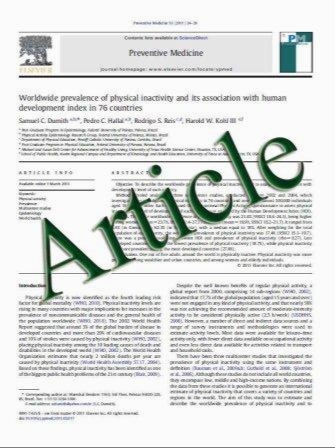Methicillin-resistant Staphylococcus-aureus-associated glomerulonephritis on the decline: decreased incidence since the 1990s
- نوع فایل : کتاب
- زبان : انگلیسی
- مؤلف : Joichi Usui Masaki Kobayashi Itaru Ebihara Akio Koyama Kunihiro Yamagata
- چاپ و سال / کشور: 2011
Description
We believe that bacterial-infection-associated glomerulonephritis (GN), so-called methicillin-resistant Staphylococcus aureus (MRSA)-GN, was exterminated in Japan. The control of bacterial infection is the most important part of infection-associated GN. In 1990s Japan, hospital-associated MRSA (HA-MRSA) caused MRSAGN outbreaks. On the other hand, MRSA-GN incidence has been quite limited since 2000. This epidemiological transition suggests that antibacterial therapies and health programs for HA-MRSA infection in Japan were effective against MRSA-GN. Moreover, it appears that staphylococcal superantigens act in the pathogenesis of GN. The change of superantigen production might have influenced to the disappearance of MRSA-GN. If HA-MRSA-producing superantigen outbreaks occur in developing countries, our experience in Japan can provide guiding principles for preventing and eradicating GN.
Clin Exp Nephrol (2011) 15:184–186, Received: 30 August 2010 / Accepted: 17 October 2010 / Published online: 13 November 2010 Japanese Society of Nephrology 2010


